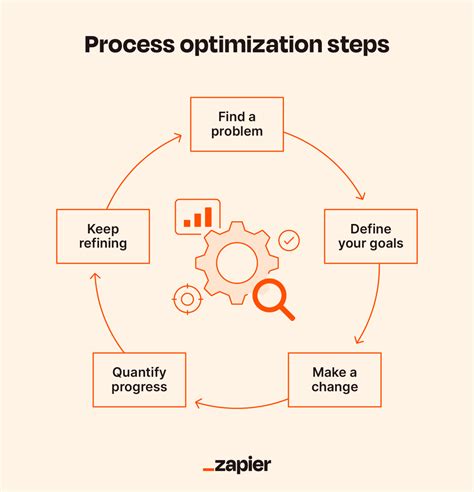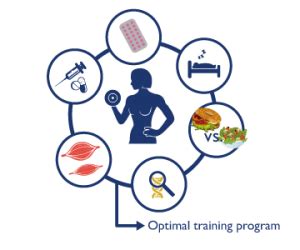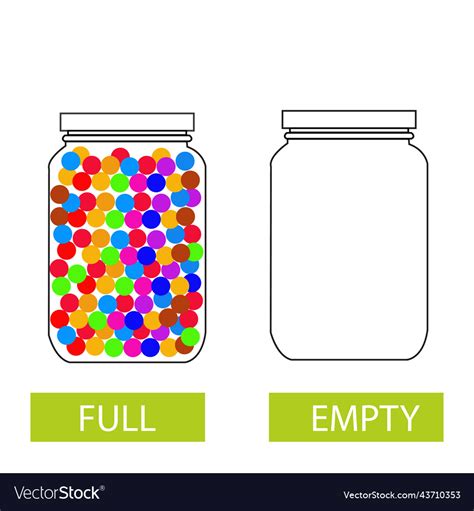Optimize training frequency for peak muscle growth without overtraining?

The Elusive Sweet Spot: Balancing Stimulus and Recovery for Hypertrophy
For anyone serious about building muscle, the question of training frequency is paramount. Hit the gym too often, and you risk overtraining, injury, and stalled progress. Train too infrequently, and you might leave potential gains on the table. The sweet spot lies in a delicate balance: providing enough stimulus to trigger muscle protein synthesis (MPS) and growth, while allowing sufficient time for recovery and adaptation.
Understanding this balance is crucial because muscle growth doesn’t happen during your workout; it occurs during the recovery period that follows. Optimal training frequency ensures you’re hitting muscle groups often enough to stimulate growth, but not so often that you impede their ability to repair and rebuild stronger.

Understanding Muscle Protein Synthesis and Its Window
After a resistance training session, your body initiates muscle protein synthesis, a process critical for repairing damaged muscle fibers and building new ones. This elevated MPS typically lasts for 24-48 hours, though it can vary based on training intensity, volume, and individual recovery capacity. The goal of optimal training frequency is to re-stimulate MPS before it completely returns to baseline, effectively keeping the muscle-building engine running consistently.
Training a muscle group too infrequently means missing opportunities to capitalize on this anabolic window. Conversely, training it too soon can lead to inadequate recovery, potentially hindering growth and increasing the risk of overtraining.
Common Training Splits and Their Frequency Implications
Different workout splits inherently dictate varying frequencies per muscle group:
- Full-Body Workouts (3x/week): Each muscle group is trained three times weekly. This high frequency can be highly effective, especially for beginners and intermediates, as it provides frequent MPS stimulation. However, total volume per session must be managed to allow for recovery.
- Upper/Lower Splits (4x/week): Muscles are trained twice weekly. This allows for higher volume per muscle group per session compared to full-body routines, while still providing good frequency. It’s a popular choice for intermediate lifters.
- Push/Pull/Legs (PPL) (3-6x/week): Muscles are trained 1-2 times weekly depending on the cycle (e.g., PPL rest PPL or PPLPPL rest). When run twice a week (6x/week), it offers good frequency with moderate volume per session. When run 3x/week (e.g., PPL rest, then repeat), frequency per muscle group drops to once a week.
- Body-Part Splits (5-6x/week): Each muscle group is typically trained only once per week (e.g., Chest day, Back day, Leg day, etc.). While allowing for very high volume on a specific day, the low frequency per muscle group might not be optimal for continuous MPS stimulation for many individuals, particularly natural lifters.

Key Factors Influencing Your Optimal Frequency
There’s no one-size-fits-all answer. Your ideal training frequency is dynamic and influenced by several factors:
- Training Experience: Beginners recover faster and respond well to higher frequencies with lower volumes. Advanced lifters, who can generate more muscle damage and lift heavier, often require more recovery time, though many still benefit from training muscles more than once a week.
- Training Volume and Intensity: Higher volume and intensity per session necessitate more recovery time, potentially reducing the optimal frequency. Conversely, lower volume/intensity allows for more frequent training.
- Individual Recovery Capacity: Sleep quality, nutrition, stress levels, and genetics all play a significant role. Someone sleeping 8-9 hours and eating a nutrient-dense diet will recover faster than someone with poor sleep and diet.
- Exercise Selection: Compound movements (squats, deadlifts, bench press) are more taxing and require more recovery than isolation exercises.

Identifying and Avoiding Overtraining
Overtraining is a state where the body is unable to recover adequately from training stress, leading to a decline in performance and various negative symptoms. Signs of overtraining include:
- Persistent fatigue and lack of energy.
- Prolonged muscle soreness.
- Decreased performance in the gym (stalled progress, decreased strength).
- Increased irritability, mood disturbances, and poor sleep.
- Increased susceptibility to illness or injury.
To avoid overtraining, listen to your body, prioritize sleep and nutrition, include deload weeks periodically, and don’t be afraid to take an extra rest day if needed. Progressive overload is key, but so is progressive recovery.
Practical Steps to Find Your Ideal Frequency
- Start Moderately: If unsure, begin with a full-body routine 3 times a week or an upper/lower split 4 times a week. These are proven effective for many.
- Monitor Progress and Recovery: Track your workouts (sets, reps, weight) and pay close attention to how your body feels. Are you recovering well? Is your performance improving?
- Adjust Gradually: If you’re recovering easily and want more stimulus, consider adding an extra session or increasing frequency for a specific muscle group. If you’re constantly fatigued, reduce frequency or volume.
- Prioritize Sleep and Nutrition: These are non-negotiable for optimal recovery and growth.
- Incorporate Deloads: Every 6-12 weeks, reduce training volume and intensity for a week to allow for full recovery and supercompensation.

Conclusion: Consistency, Adaptation, and Listening to Your Body
Optimizing training frequency for peak muscle growth is an ongoing process of experimentation and adaptation. There’s no magic number that works for everyone indefinitely. The most effective approach involves understanding the principles of muscle growth and recovery, choosing a frequency that aligns with your experience level and lifestyle, and then consistently monitoring your progress and recovery. By listening to your body and making informed adjustments, you can find the ideal training frequency that fuels your gains without pushing you into overtraining, ensuring sustainable and effective muscle growth.










